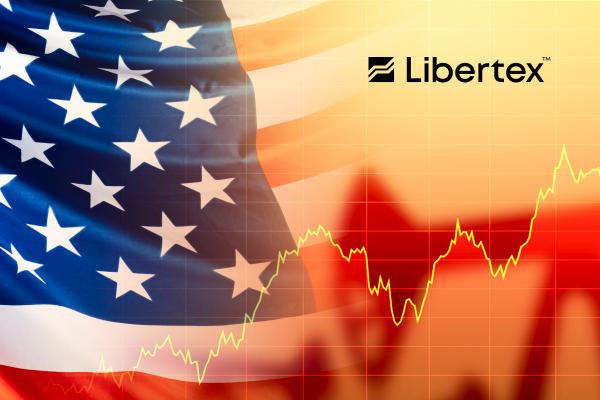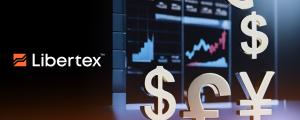In a world ruled by uncertainty, where tariffs, trade wars, and conflict seem to be the order of the day, it's difficult for investors to know where to turn. With the Federal Reserve hitherto holding rates steady between 4.25% and 4.5%, risk assets have been less attractive compared to the guaranteed returns of cash savings and bonds. Despite this, however, the S&P 500 and Nasdaq 100 continue to hit new all-time highs and are each up an average of 5% YTD, standing at 6,124 and 22,118, respectively. The tempo may well have slowed, but it still looks like there's some go in the bull market yet.
However, with gold's recent rise, sticky inflation, and creeping T-note yields, the longer-term future of equities and other risk-on instruments is rather precarious. Much will be decided by central bank policy, as well as the number and extent of any rate cuts to come. The Fed, however, will naturally be led by the macroeconomic data primarily and the wider context of a range of political and other factors on the ground. In this piece, we'll explore some of these as we consider where stocks could be headed in 2025.
Under pressure
We may well have recovered from the double-digit inflation of 2022 ‒ not least because of the strong hawkish approach by the Fed and other regulators ‒ but price pressure is still stubbornly above target. In fact, last Wednesday's (12/02) US Labour Department report showed that the consumer price index actually increased 3% year over year in January, up from 2.9% the previous month and rising steadily since the 3.5-year low of 2.4% in September. This led the Fed to hold interest rates steady at 4.3% following their 28-29 January meeting, with the regulator's officials stating that "they would want to see further progress on inflation before making" any further cuts.
It has been suggested that Donald Trump's latest 25% tariffs on a raft of Chinese goods, including steel and aluminium, will only make inflation worse in the short term. In light of the above and the 0.2% increase in the Producer's Price Index, Federal Reserve Bank of Atlanta President Raphael Bostic said that the "bumpiness" in inflation is not "super surprising", which seems to suggest a 'wait-and-see' approach from the Fed. This is not the best news for stocks, but the consensus is that the regulator will at least refrain from hiking interest rates, which should give equities the chance to make organic progress over the next quarter.
Time will tell
Much like last year, the world remains in highly uncertain times. In addition to the geopolitical conflict that restricts the flow of cheap energy resources and hinders supply chains, there is now a raging trade war between the world's two biggest economies for global industry to contend with. Earlier this month, Trump announced 25% tariffs on a range of Chinese mechanical goods and raw materials, including steel and aluminium. The CCP responded with 10% and 15% tariffs on US coal and LNG. The upshot of both these measures can only be higher production costs for manufacturers in both countries, which will, in turn, affect the bottom line and presumably stock prices of major companies in the US and China.
It is likely, then, that the already rising Treasury note yields will continue to climb as the Fed is forced to sideline its scissors to keep inflation under control. The 10-year Treasury yield gained 8 bps to 4.556% so far this week, while the 2-year Treasury yield advanced more than 4 bps to 4.308%. This comes as CME Group data predicted only one or two quarter-point rate cuts by the end of 2025, while markets are pricing in a near 98% chance of no rate cuts at the Fed's next meeting in March. As rates and, therefore, bond yields remain high, demand for stocks could be subdued in favour of certain fixed returns. However, everything will depend on corporate earnings and the results of the unfolding trade war.
Trade CFDs on stocks, ETFs and more with Libertex
Libertex is an experienced CFD broker with expertise spanning a range of asset classes. With Libertex, you can trade CFDs on numerous stocks, indices, and ETFs, all the way through to metals, energy, and even crypto. Libertex also allows traders to choose CFDs on major indices like the S&P 500, Nasdaq 100 or Dow Jones Institutional Average. For more information or to create an account of your own, visit www.libertex.com today!


